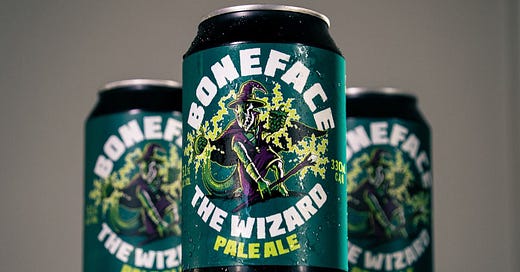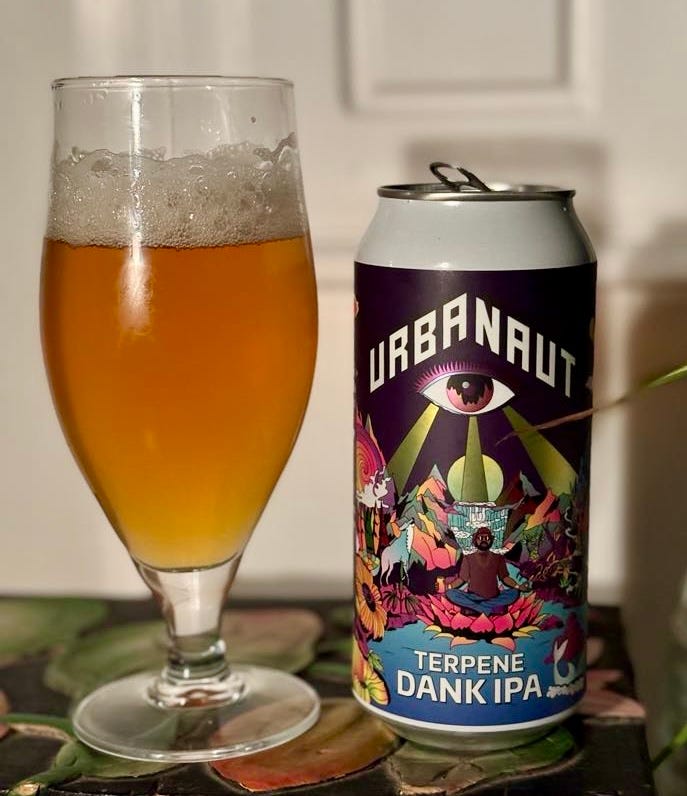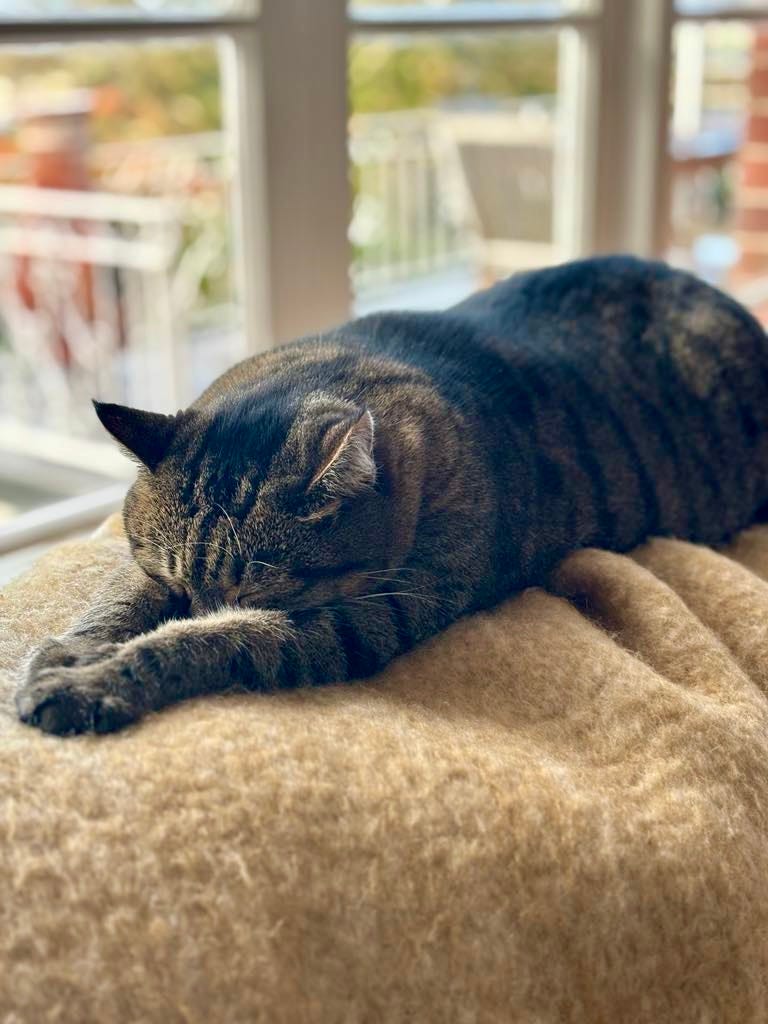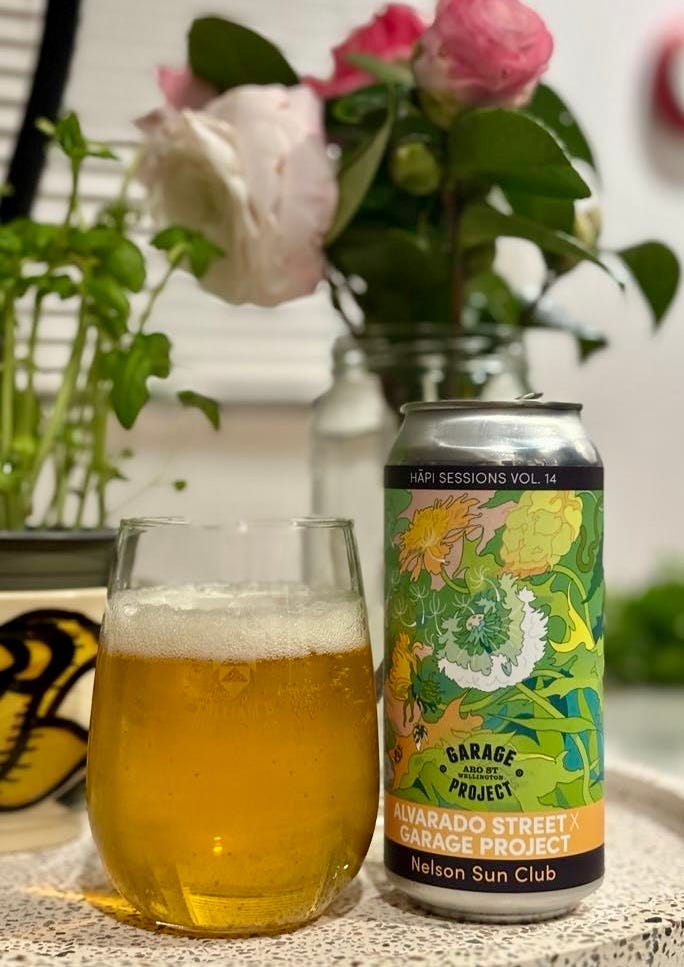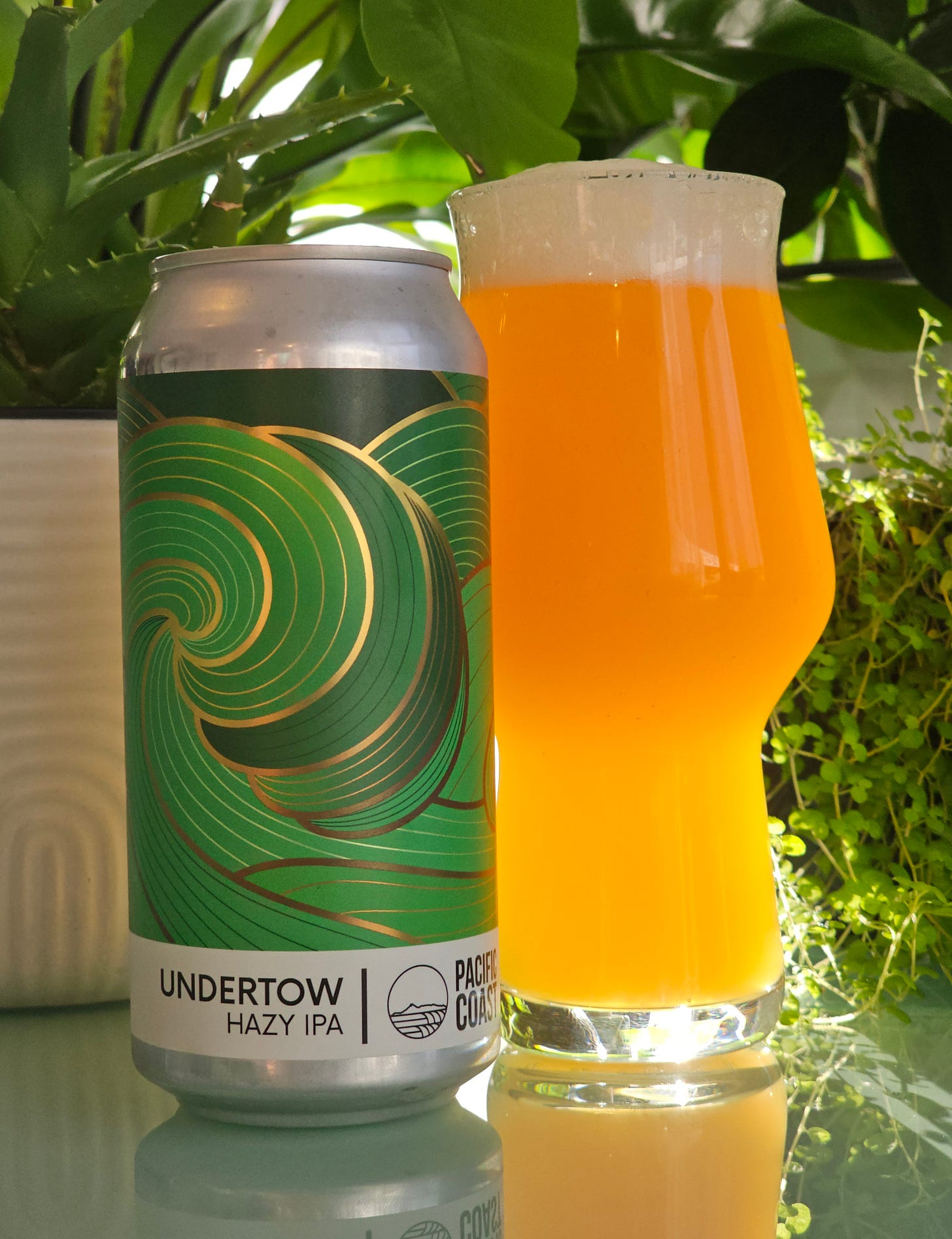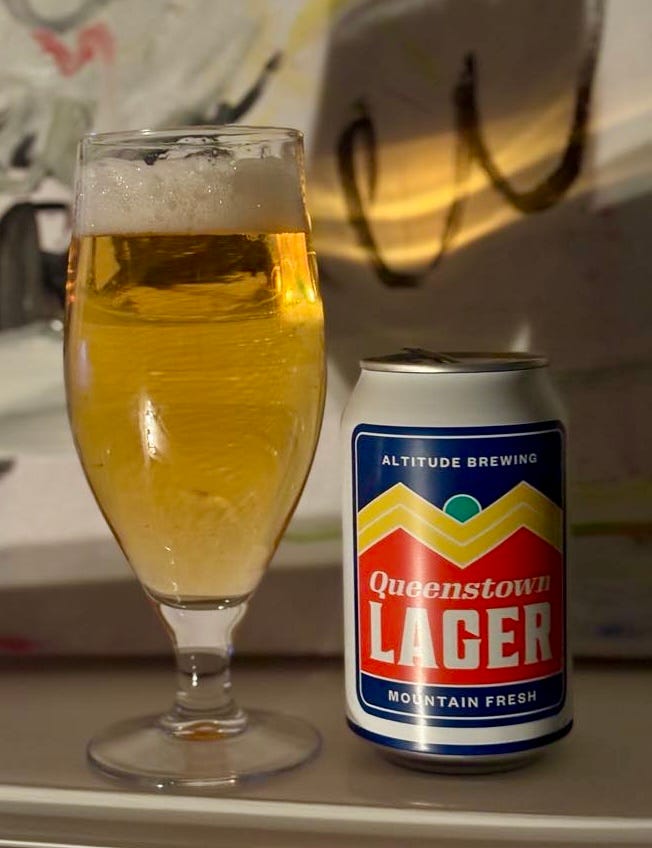Boneface & Brothers in liquidation
Two breweries are in liquidation this week but there's a buyer in place for Boneface. An argument for expensive beer. XPA reaches America where it causes as much confusion as it does here.
It’s Friday beer friends, and that means another shot of beer news from Aotearoa.
Unfortunately, it’s not all good news, but it’s also not as bad as it could have been in a week where both Boneface and Brothers Beer went into liquidation.
The upside for Boneface, and Brewtown in Upper Hutt where they are based, is that there’s a buyer in place and there promises to be some exciting news from that deal, I promise you.
There’s been plenty of speculation and rumour in the industry as to who the buyer is — but all I can say is that it’s a person with strong connections to Upper Hutt and to Brewtown! But the deal is not yet over the line so for now, I’m staying quiet. I hope to bring you all the details next week.
I was a bit confused as to why Boneface had to go into liquidation when a sale and purchase contract was in place, so I contacted liquidator Iain Shephard, who said the liquidator’s job was to keep the business running until the contract can be finalised.
“Even though the company is in liquidation, it’s business as usual,” Shephard, from BDO, said. “All the staff will retain their jobs and there will be a new owner in shortly.
“There were some short-term cash flow issues but with a contract in place for the acquisition of the business we’ll see that through to its conclusion.”
Whether the new owner continues with Boneface as a brand or creates something new remains to be seen.
Boneface was founded by Matt Dainty in 2017. He’d learned the brew trade with Renaissance and then Panhead and came out of the blocks with a strong brand and great beer.
The Juice, a dry-hopped Gose, The Outlaw India Pale Lager and The Darkness India Stout, were among my favourite beers from Boneface. And I loved their flagship APA, Hoptron.
While the decision to liquidate Boneface lay with the major shareholders — Dainty and Guernsey-based company, Irwin Gore Investments — the decision to liquidate Brothers Beer came from the creditors, foremost amongst them Kiwibank.
In September, creditors voted in favour of a deed to restructure the various Brothers Beer companies, but now they have made the liquidation call.
I asked Stephen White, one of the administrators of Brothers Beer, and now the liquidator, what happened.
“Unfortunately, despite best efforts to restructure the business through the administration process, Brothers Beer continued to face cashflow challenges, and as a result, the creditors resolved to have it placed into liquidation,” White told me.
”However, given Brothers Beer is such a well-established and well-known brand, which appeals to a wide range of consumers and enjoys a strong distribution network, as liquidators we're looking to trade the business for a short period while we look for a buyer of the business and assets as a going concern.”
Brothers has two venues operating, their brewpub in Mount Eden and at the famous west coast surf beach, Piha.
They do have a strong supermarket presence and have been producing good beers.
The bad news in New Zealand comes in the same week that the headlines continued to predict doom and gloom across the Tasman.
An industry insider is sounding the alarm on the alcohol sector as onerous taxes and a massive drop in demand drives breweries to their knees across the country.
Beer of the Week No 1
Of course, the team at Urbanaut had me at “Dank” but by the end of the can of their Terpene-laden Dank IPA I was a) happy b) confused and c) on Google.
It was literally a “WTF am I drinking” experience. This beer is out there!
Terpenes are the flavour and aroma chemicals in various plants and in hops (and cannabis) they go by names such as Myrcene, Linalool, Geraniol, Limoncene, Beta-Caryophyllene etc. The flavours are broadly woody, fruity, floral and spicy.
The terpene addition here is based on the Zour Apples cannabis strain … a facsimile if you like, without the THC (of course). And it’s potent! There’s a sour pungency touching on medicinal to the aroma but it’s underlaid with smokiness and cloves and sharp citrus. Part of my brain wasn’t sure about drinking it, the other part was diving in from the high tower. And as I made my way through the can, this tug of war played out over-and-over. “It’s delicious.” “It’s weird.” “I like it.” “I’m not sure ...”
In the end it was 440ml of fascination.
Why I’m happy to pay more for some beer
The price of beer … it’s been a thing in this country, and many others, since before I was born.
The famous newspaper cartoonist Neville Lodge had regular cartoons in the 1950s and 60s about the price of beer, as if it was some kind of social and economic barometer.
I’m spurred to talk about the price of beer following a couple of comments I’ve seen online about the price of two barrel-aged beers in particular — 8 Wired x Small Gods Desperate Glory, the Flanders Brown Ale that won Supreme Champion at the New World Beer & Cider Awards, and Liberty Brewing’s cult beer, Prohibition Porter, which recently won a gold medal at the Australian International Beer Awards.
Desperate Glory (500ml bottle, 8%) retails for $19 and Prohibition Porter (12.3% 440ml can) goes for $22.
Some people are unhappy about this. So, I thought I’d have a go at explaining why you should be happy to pay that price — but only if you can afford it and only if you really want to try the beer.
With both beers (and other barrel-aged beers in general) you’re paying for the time the beer spent in a barrel, taking up real estate in a brewery which is paying rent or rates, interest, utility bills, etcetera on that space. In that sense, barrel-aged beer is like a house cat. It costs you heaps of money, doesn’t do any work and mostly lies around doing nothing.
So you’re paying for time, really.
Second, you’re paying for the labour, which is particularly the case with Prohibition Porter. The brew day for that beer is long, difficult and requires plenty of person-hours, not to mention shedloads of malt.
Third, you’re paying for intellectual creativity. Look at Desperate Glory. It started with bringing one idea into being — Three On A Match, a Belgian Amber Ale — and that beer became the base for Desperate Glory. To that they added Chinese Keemun tea. Not just for any old reason but to try to recreate the flavour of tobacco leaf.
Intellectual property in beer making is an underrated part of the formula. In that sense, it’s like art. Why is one painting worth more than another when the paint and canvas are worth the same?
Finally, you’re paying for an experience. And here’s where I want to tip the whole thing on its head.
Don’t just buy one bottle of Desperate Glory or one can of Prohibition Porter, buy two. Buy three! Then get some friends around and share a few glasses and enjoy it with like-minded people. You’ll pay less and get more value.
With all the beers I spend big money on this is what I do. Suddenly the cost becomes secondary to the experience.
I do fear that post-Covid we can be prone to drinking too much at home, or alone. And beer is meant to be shared.
That’s my 2 cents’ — or 22 dollars’ — worth!
Crunching the champions
My colleague and friend Phil Cook is one of the wisest minds in beer, and in life to be fair. And on his Beer Diary website he does tables, graphs and footnotes better than many mainstream media outlets.
Beer Diary doesn’t get updated as much as I wish it should but spurred into action by the recent Australian International Beer Awards Phil’s taken a belated but welcome dive into last year’s New Zealand Beer Awards.
This an excellent analysis of what it takes to be a champion brewery in this country:
Medals and math V — close calls, clean sweeps, and other countries | Beer Diary (philcook.net)
Beer(s) of the Week No 2
The AIBAs in Melbourne the other week were a huge success for New Plymouth’s Three Sisters and I was particularly intrigued by the two gold medals they got for their Taranaki-grown fresh hop beers — Wayward Son Pale Ale and Quarter Acre Hazy Pale Ale.
Both use fresh Nelson Sauvin from the two hop farms in the area, Quarter Acre and Wayward Hops.
For me it was a fantastic experience to try Taranaki-grown Nelson. Like the Nelson Sauvin grown in Southland, this also differs from what we get in the traditional Tasman growing area and it seems that Nelson Sauvin, more than other hops I’ve tried, changes depending on where it’s grown.
First, huge hat-tip to Three Sisters for producing two flavoursome beers at sub-5%.
The Wayward Pale Ale was intense: green, woody, dank, bitter, mouth-coating and grippy. I loved this beer.
The Quarter Acre Pale Ale, which also featured Cascade hops, was light and bright, with sweet citrus and passionfuit and a sherbet-like character. It was fun and breezy.
Two great beers and an indicator — alongside Shining Peak’s Oapui Road Pilsner — that Taranaki hops have a valid place in the system.
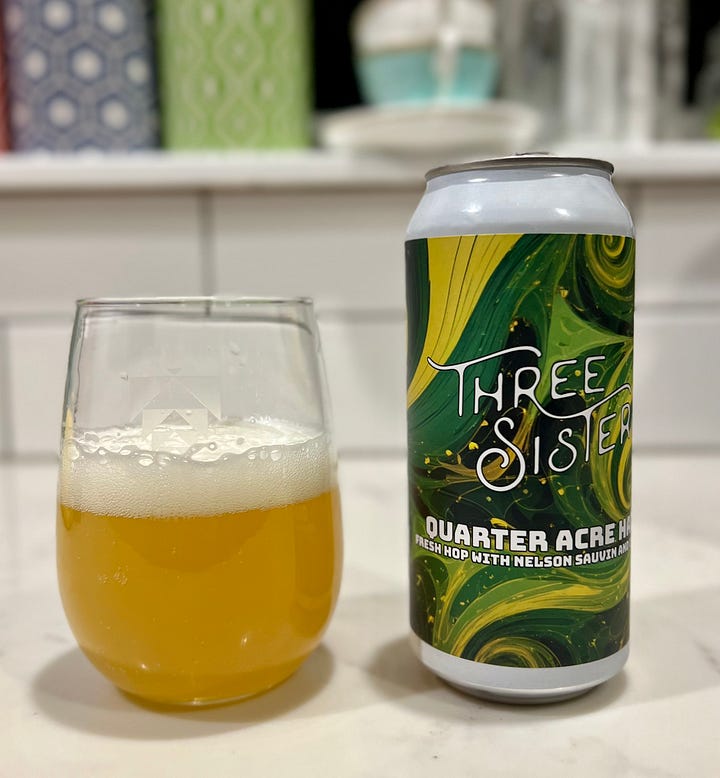
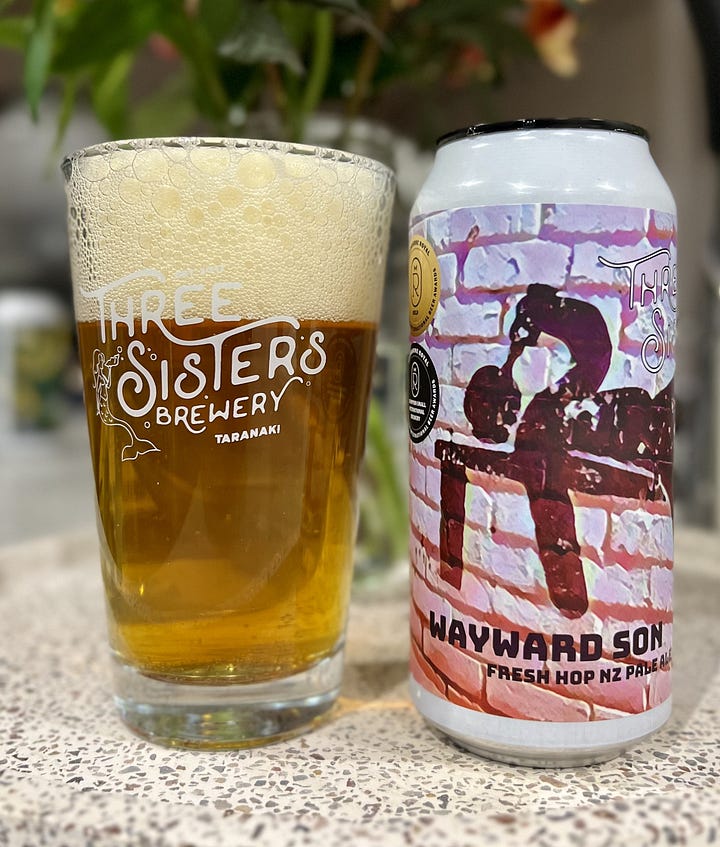
And speaking of Three Sisters, founder-brewer Joe Emans was featured in a recent story from The Shout about the state of the beer nation.
Here’s his Q&A from that story:
What are your thoughts Kiwi beer industry at the moment?
It’s tough out there right now, the retail price of beer has not gone up for about four years (not even with inflation), and the costs have increased about 30% (labour, rent, energy, excise), ingredients less so.
Despite this, consumers are buying less because they still can’t afford it right now. Hospo is suffering too, which means fewer keg sales, although margin on kegs has reduced so much, this is less of an issue.
Why do you think Three Sisters has held its own and continues to thrive?
We are small (by most brewery standards in New Zealand), and we were growing rapidly when things started turning down, so our growth has been stifled a little – but our sales have continued to grow.
We have had to be brutal on cost-cutting and only have two-and-a-half staff now. [Co-founder] Sarah and I are involved everywhere and I’m the only one on the brew team. It helps not to have employees on the brewing side, as I don’t feel the need to keep them busy, and can focus on higher-margin beers and package formats.
What marketing strategies do you employ or do you think are important for any brewery?
For us it has always been quality of product ¬– make the best beer we can and hope the sales follow.
What tips or advice would you give to a new or struggling brewery to remain competitive?
Perhaps counter-intuitively, reduce production and focus on where the margin is. Find a point of difference and hope it resonates with the market.
Looking ahead, what do you think the Kiwi beer industry will look like in the next two to three years?
I imagine there may be a few more go under. I also think craft beer production may shrink. We really need to see consumers happy to pay more for higher quality beers, and relief on excise or a sliding scale for smaller breweries would really encourage creativity in the industry.
Do your order by adjective or shape?
The only thing more debated than the price of beer is the size of the glass in which it’s poured.
There was huge debate this week in the UK about “short-poured” pints (see link below) — and I could talk for hours about the history of short-pours in New Zealand, which date back to days when the price of beer was set by the government and there was an expectation that you got what you paid for.
In short, glasses were often found to be the wrong size, and publicans were accused of stepping up the gas pressure on kegs to put more froth in a glass and therefore under-deliver on the fluid part of the beer.
Thankfully we know better these days and appreciate that a good beer needs a good head.
But as Pursuit of Hoppiness contributor Michael M noted in a recent article, there’s no set size or standards for the volume of beer you get in a glass and even those charged with policing these things seem to shrug at the wording of the law.
What's In Your Glass — Shapes Or Adjectives | Pursuit of Hoppiness
Tim’s Beer of the Week
Nelson Sun Club Fresh Hopped IPA is No.14 in Garage Project’s Hāpi Sessions series of collab brews with industry luminaries from across the globe.
This West Coast-style IPA is inspired by Monterey (California) brewers Alvarado Street. It’s also a new Nelson Sauvin fresh hop beer, which was a surprise, as even I had joked about this year’s season going on unendingly.
When describing West Coast style IPA, I’ll often use descriptors like ‘forceful’, ‘brutal’ or even in one case ‘abusive’ (in a good way…), but rarely will I use the word ‘beautiful’. But that is the only way I can describe this one. It’s beautiful. The lemon/lime-driven aroma strikes with an almost unbelievable clarity, chiming over the softer tropicals that follow. The palate lands a fine balance between a weighty and satisfying but otherwise unobtrusive malt base, more sharp citrus-driven hop notes, and a finely tuned bitterness that frames the finish without building up between sips.
The sheer elegance and purity distilled into this IPA is genuinely something special, and another indicator that this year’s crop of Sauvin is of absolutely supreme quality.
Without any hyperbole, Nelson Sun Club has jumped into my current slot for best fresh hop, best IPA, and contender for best beer of 2024. Unmissable.
New World Beer & Cider Awards Update
There’s been some good coverage of the New World Beer & Cider Awards around the traps.
I enjoyed this story on Mount Brewing from Sun Live in the Bay of Plenty. Mount Brewing are doing such great things right now and I implore you to try their Muito Bom Witbier, which is in the New World Top 30.
It’s a Witbier with twists, including extra zest from lime and grapefruit on top of the traditional lemon, plus a zing of ginger. It’s brewed in collaboration with Brazilian brewery ZEV and brings a real South American excitement to the flavour.
Also in the news are b effect in Wanaka with their Social Experiment #22 — a Mosaic single-hopped beer which is getting some rave reviews.
And in the self-promotion stakes, Lakeman are always unique and funny.
And remember, all the beers and ciders are available right now at your local New World, your home of craft beer.
Dusty’s Beer of the Week
I’ve been in the grip of brews from the dark side through the autumnal weather cycle so when I saw that Pacific Coast Beverages had a new “sud tube” out — something a bit more uplifting than comforting — I was all over it! Undertow is a 6.8% haze boi featuring an all-Aussie hop combo of Vic Secret and Enigma. Super-vibrant on the pour with a stable fluffy head, notes of grape and grapefruit upfront lead to a bitey piney bitterness all sitting atop of a light lager malt base. Fleeting hints of overripe pineapple round out a crusha of a brew ... hoppy Friday!
XPA makes it to America … reigniting debate on what the hell is XPA anyway
Really good piece of commentary here from Jeff Alworth on Beervana Blog, about the arrival in America of XPA.
Yes, for once we are ahead of America on something! And that’s because (apparently) XPA is an Australian invention. I’ll take their word for it, and maybe we did get our XPAs from across the ditch … but I also want to say I was drinking them here before Balter made the definitive XPA in Australia. Just saying...
But if anyone out there some definitive knowledge of who brewed the first XPA (here or there?) please get in touch.
Anyway, as many here will vouch, knowing what you’ll get when you order an XPA is a little bit like rolling dice! Will it be extra (as in more) pale ale or extra-pale ale?
Either way, Jeff’s take is that it probably won’t last as a “trend” in America, although it does seem to have plenty of legs downunder.
Australian XPA probably won’t become an international style. It’s too nebulous and too close to beers we already have. Consumers will try it, shrug at the name, and think, “nice pale ale.” In a few years, we’ll have forgotten about it the way we did Belgian IPA, IPL, and brut IPA.
A Brief Comment on Culture — Beervana (beervanablog.com)
Beer of the Week No 3
I absolutely smashed this new lager from Queenstown legends Altitude.
Four percent and flavoursome — what more could you want, apart from some sharp tin art.
There’s absolutely nowhere to put a foot wrong in a beer like this and it hits all its marks with precision. Crisp, light, balanced and slightly skewed to bitter over sweet in the finish which I love in a lager.
That’s me for another week. I hope to bring you an email next week, but I’m also taking a wee holiday so much will depend on how close I get to a laptop!
Michael


